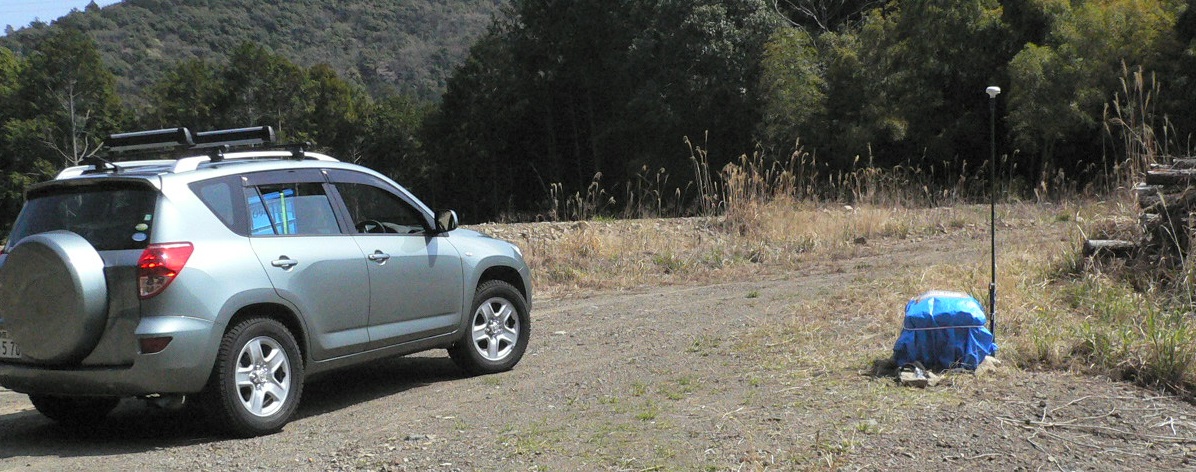Overview
How does an earthquake start? What is the mechanism to drive the earthquake? I have continued to work on earthquake research, always holding these simple questions.
There is a big paradigm shift in seismology. An earthquake is a phenomenon in which the strain energy accumulated in the epicenter area is released by the relative displacement (slip) of a fault. In a regular earthquake, the fault slips at high speed (sliding about 1 m per second) and radiates seismic waves, causing the ground shaking. The greater the magnitude (M) of an earthquake, the greater the strength of the seismic energy. In recent years, a peculiar phenomenon called slow slip, in which the strain energy is released by slow slip transients, has been detected not only in Japan but all over the world. "Slow earthquake" is a general term for phenomena such as slow slip and low-frequency tremors in which a fault slips slowly. The mechanism of why the fault plane slips more slowly than in a regular earthquake is not clear.
Along a plate boundary fault, both "slow earthquakes" and ordinary earthquakes occur, and it is thought that complicated slip phenomena take place at depth by affecting each other. I am conducting analysis and research on seismic activity (foreshock activity) observed before major earthquakes that occurred in Japan and overseas. For example, before the 2011 off the Pacific coast of Tohoku Earthquake (M9.0) and the 2014 Northern Chile Earthquake (M8.2), the migration of seismicity was detected and a slow slip occurred near the epicenter of the main shock. We have found some cases that suggest that slow slip transients occurred before the occurrence of the earthquake even near the epicenter of other large earthquakes. These foreshock activities are complex, with a wide variety of activities ranging from active to extremely low. I am working on research from the perspective of how such diversity arises and how slow slip is involved in the occurrence of earthquakes. For the details, please look at the Nature Review paper (https://rdcu.be/caT5j).
TopicsArchive
- Jan. 2021
- Paper published in Communications Earth & Environment
- Nov. 2020
- Paper published in Nature Reviews Earth & Environment
- Sep. 2020
- Paper published in Earth Planets Space
- June 2020
- Paper published in Journal of Geophysical Research

